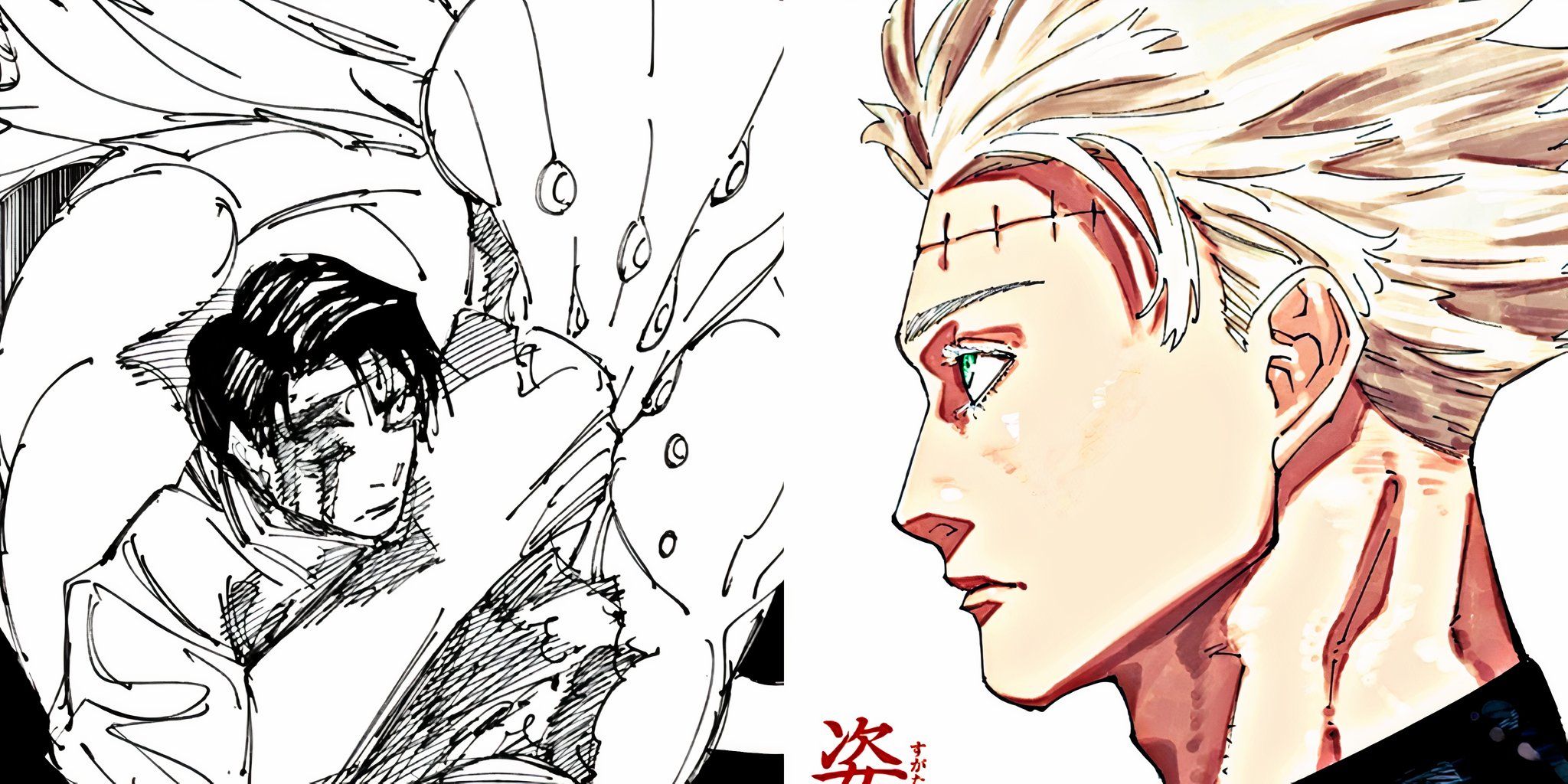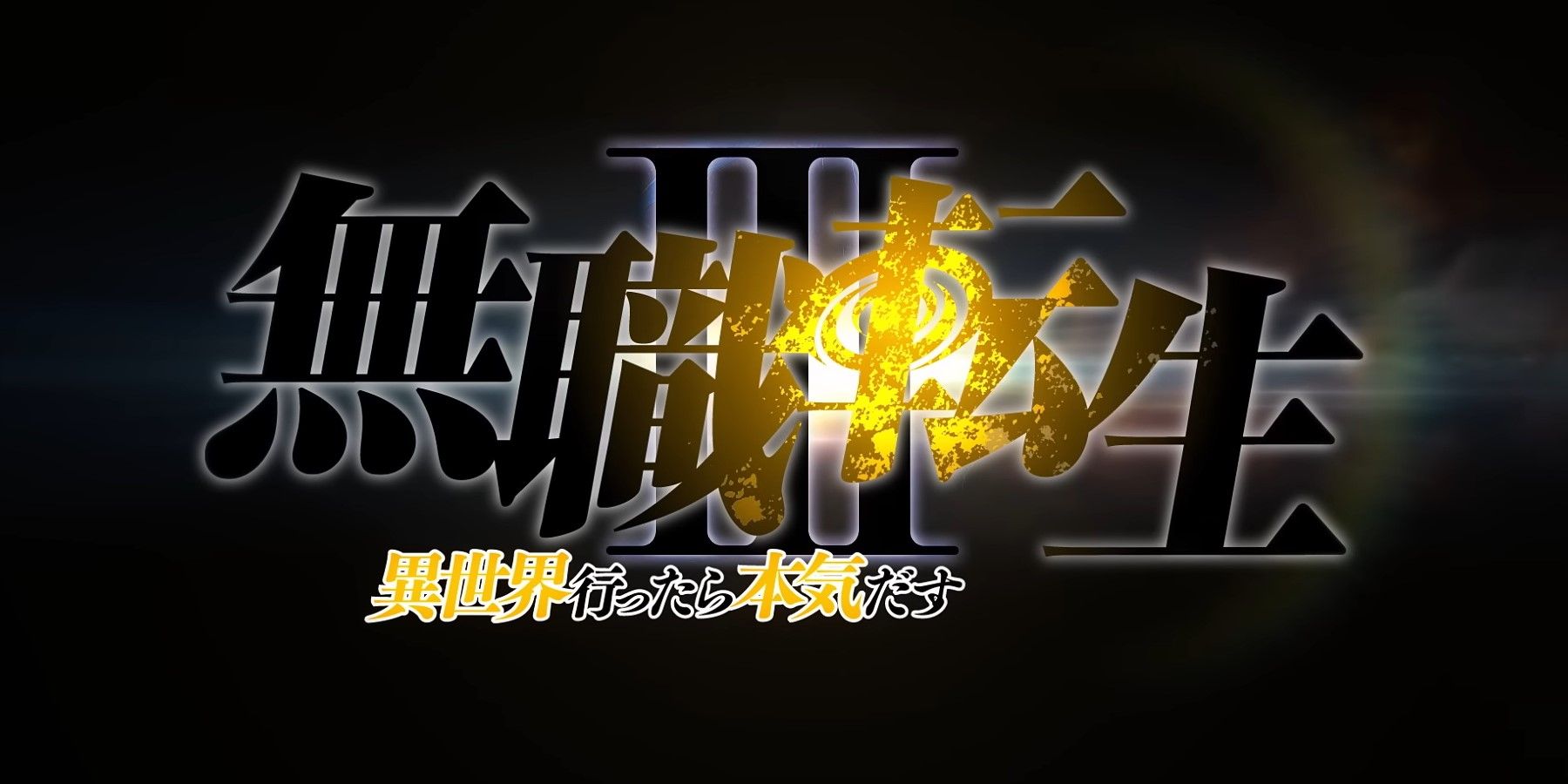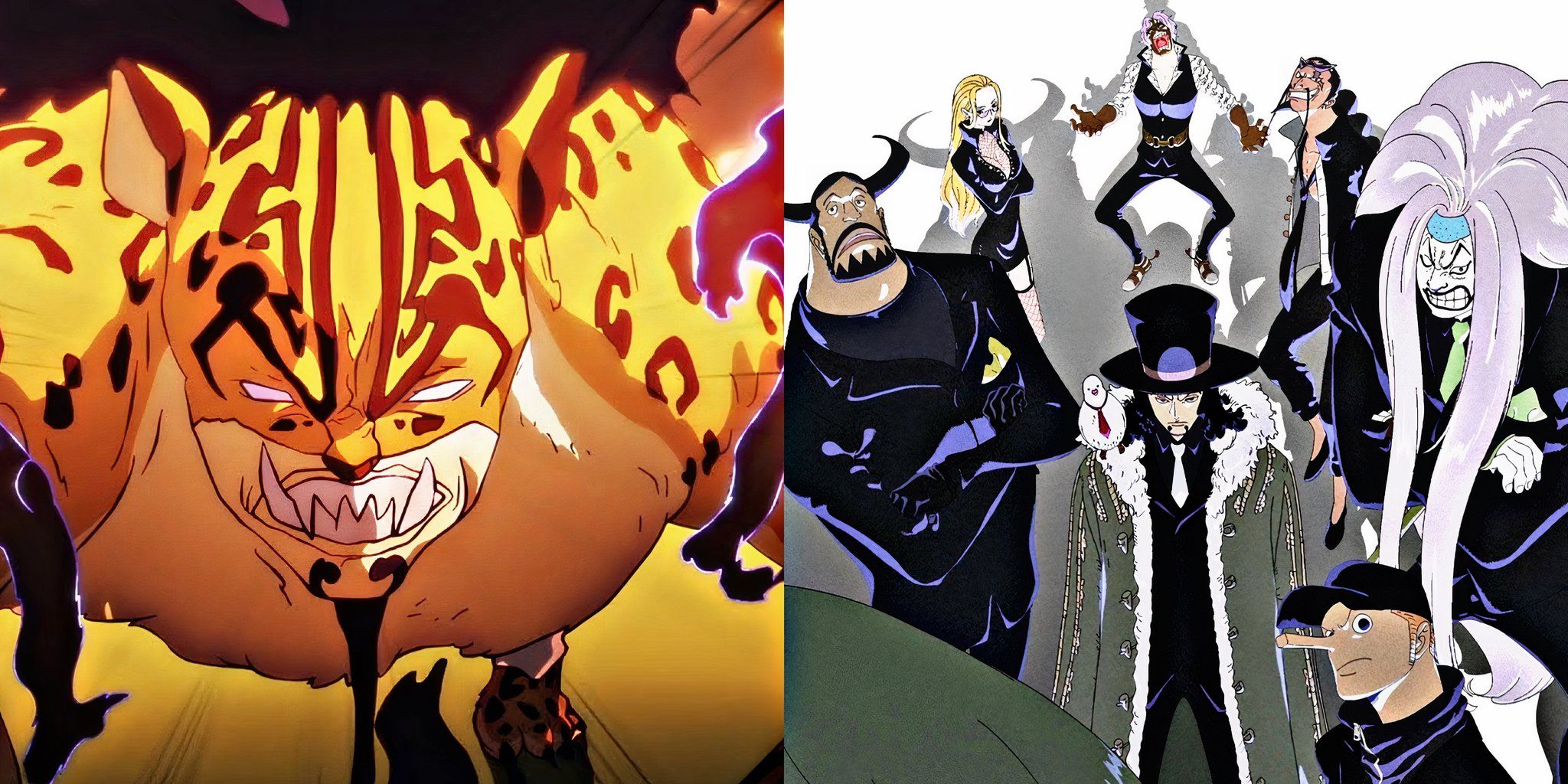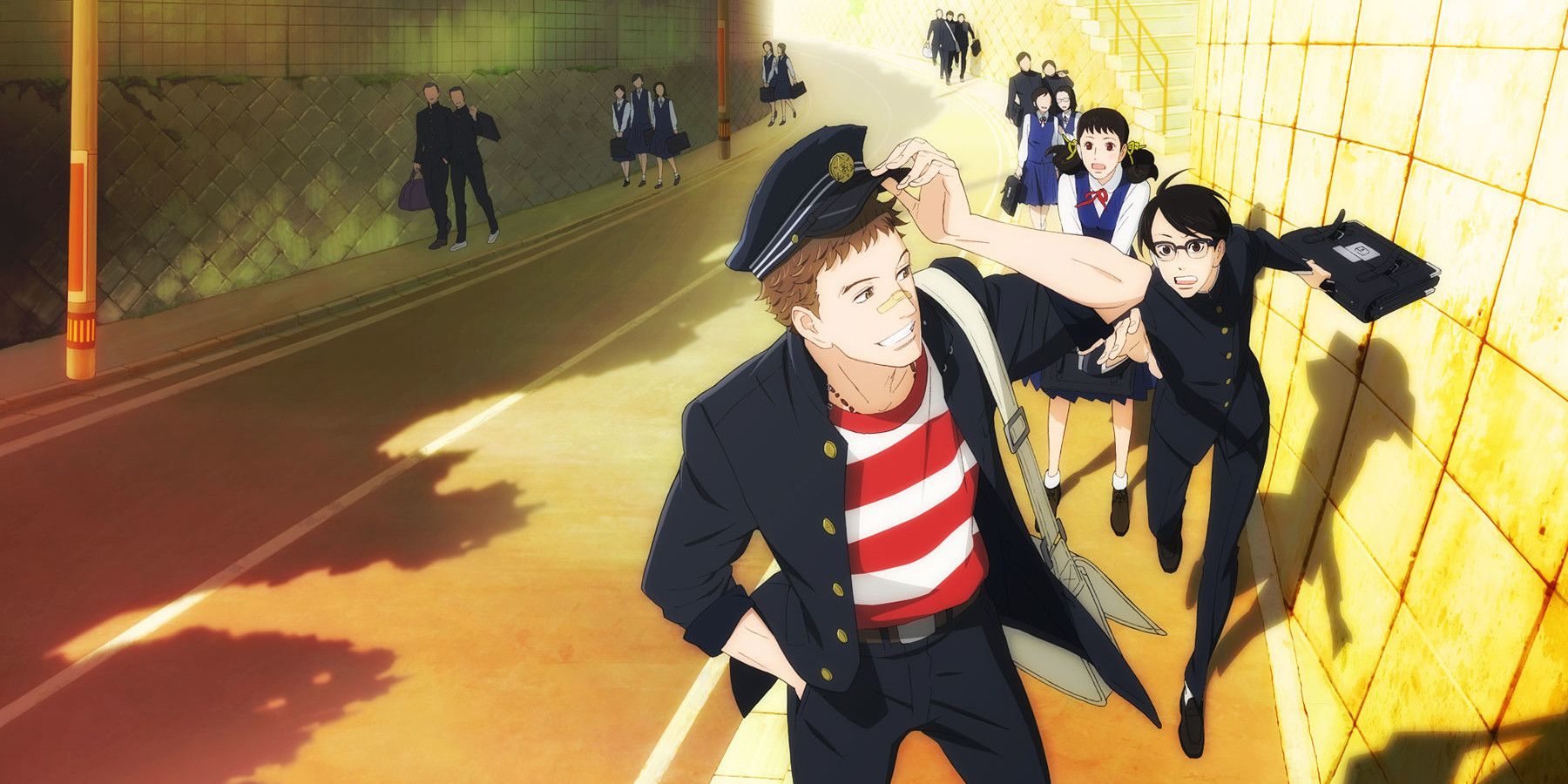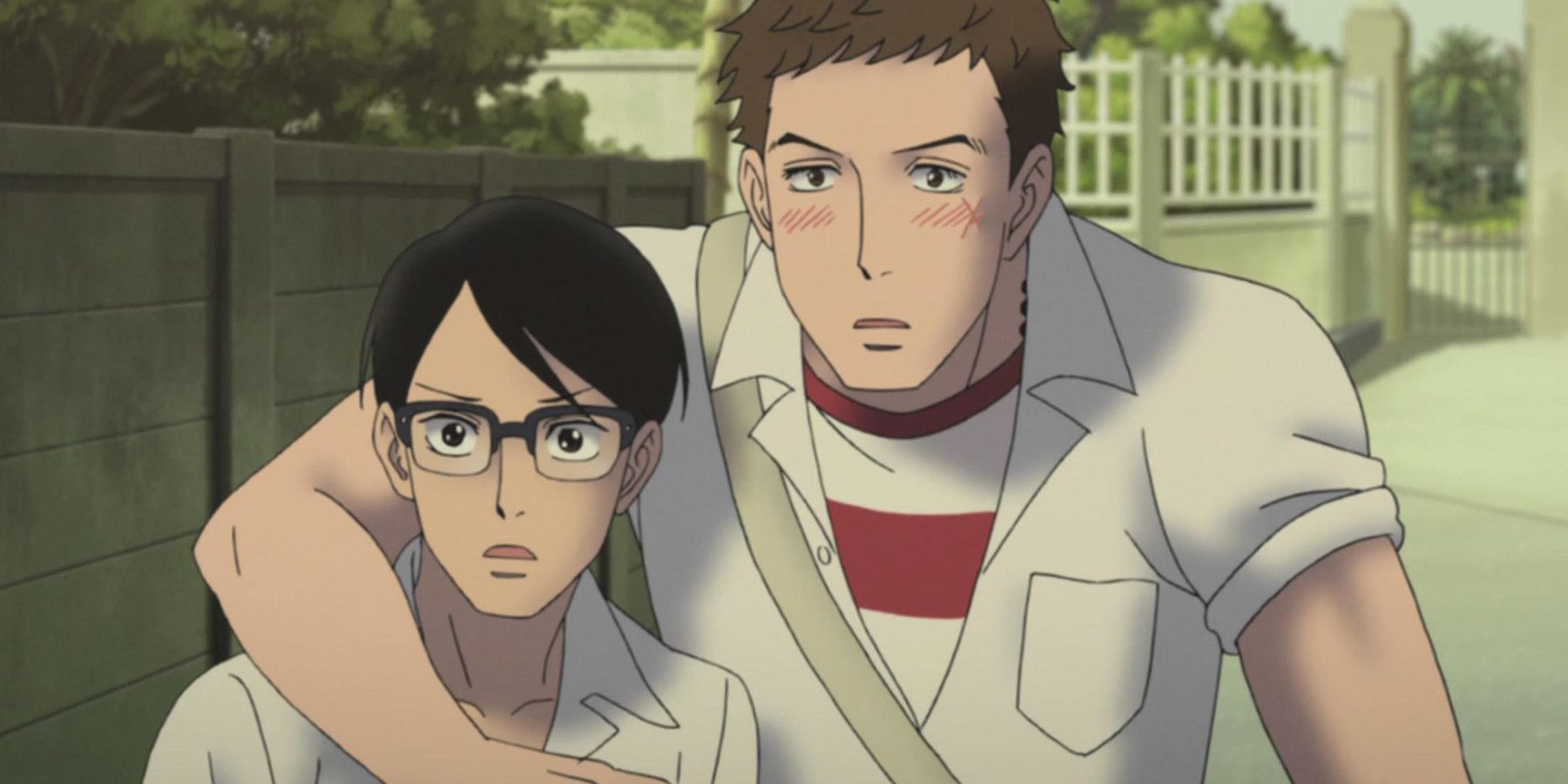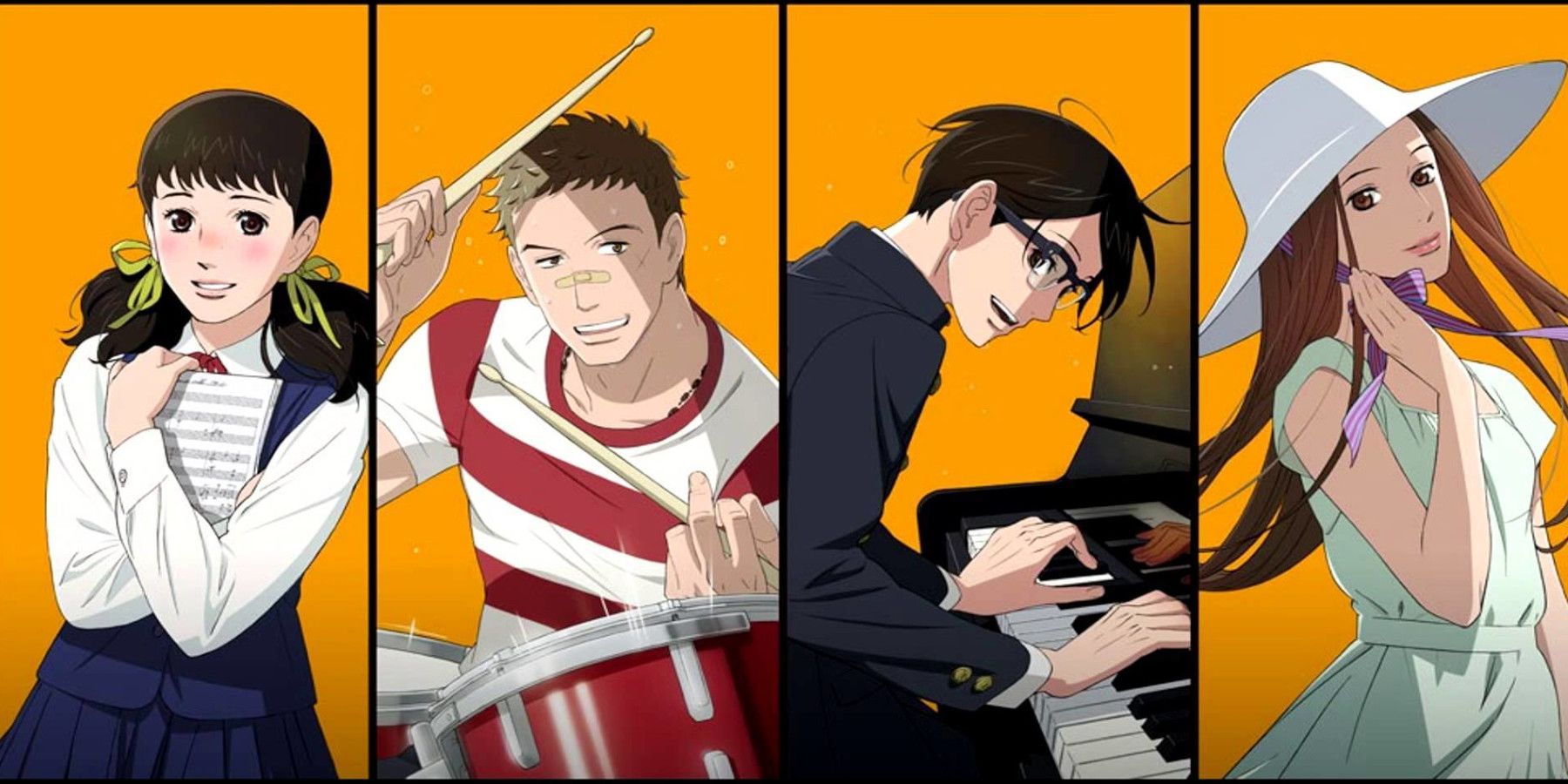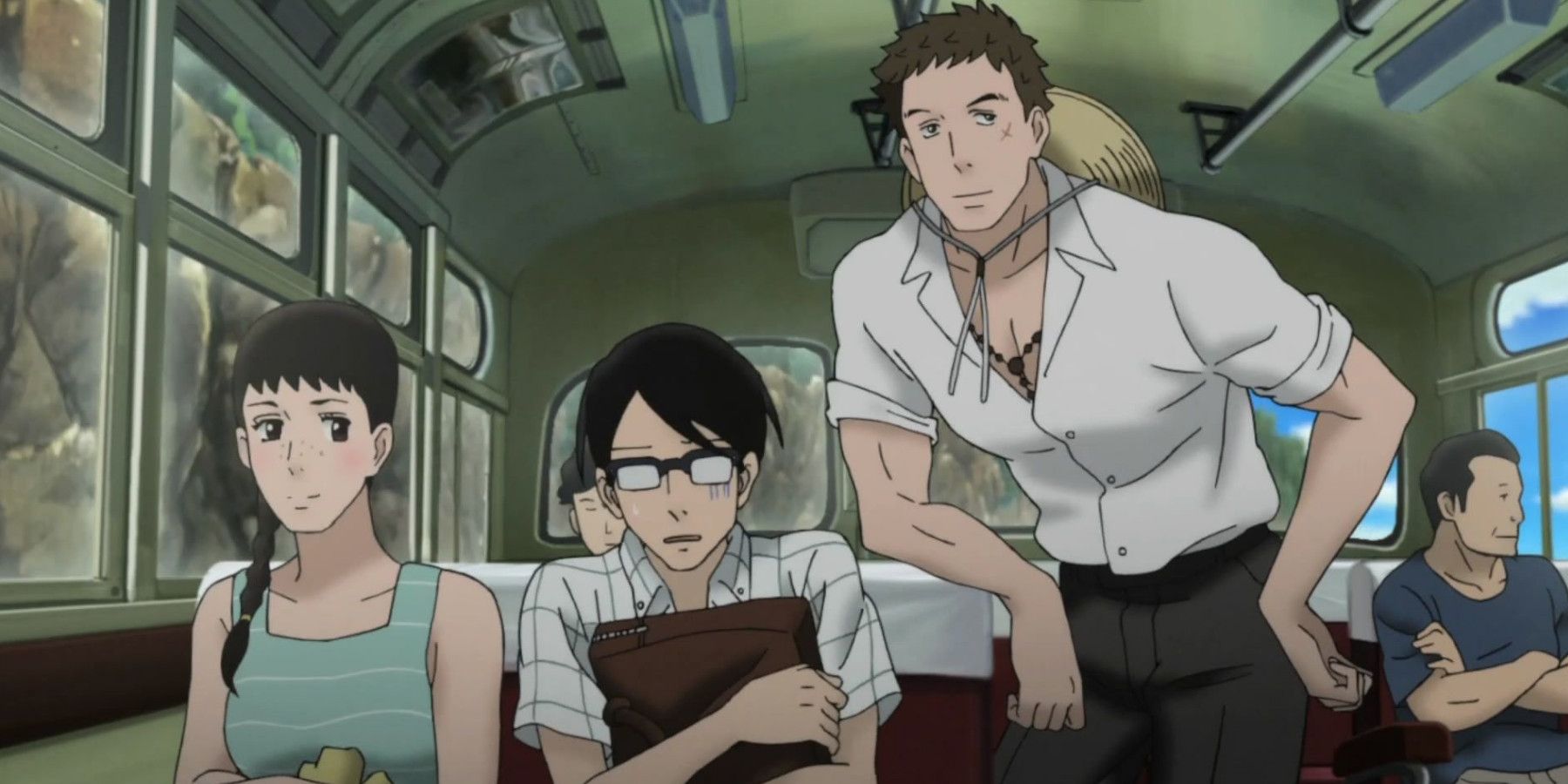Shinichiro Watanabe has helmed quite a few anime, though none quite as revered as Cowboy Bebop. The acclaim of Bebop and the strength of Watanabe's name means more people are discovering his works each year, witnessing his expansive repertoire with such shows as Kids on the Slope. At the same time, audiences are very aware of the similarities, and 2012's Sakamichi no Apollon, or, Kids on the Slope, is a jazz-heavy musical character study. Set in 1966 in Kyushu, Japan, it's the story of unlikely friends, young love, and the march of time into adulthood.
Watanabe's anime have always been unique for how they seem to draw inspiration from all around the globe. Famous artists in anime have often found inspiration in musical genres from around the world or from other cultures, but Watanabe always seems to hunger for diversity. Even Kids on the Slope, which could be boiled down to being called another high-school anime, has an elevated sense of what kind of story it is. It's simple, but its presentation and how the show leverages its strengths lend the story a classiness that never goes unnoticed.
A Chance Encounter
A pianist named Kaoru moves to Kyushu, shy and unwilling to make friends until he meets Sentaro, a delinquent. This anime being a manga adaptation, it's unlikely any story decisions hinged on Watanabe and co.'s approval, but their meeting is deceptively queer. It almost gives one the indication this is a romance between them.
Unfortunately, this show doesn't quite go down such an interesting route, but the two of them, as polar opposites as they are, come together over a shared interest in music. The two of them become friends and start playing jazz together in their friend Ritsuko's record shop.
Love Lost & Found
The story can best be described as a series of complicated love stories clashing and coalescing through a blooming period of adolescence in a serene post-war Japan. Looking back, it's surprising how many small but powerful moments stuck out that weren't related to the main trio, but rather short and poignant side-stories that weaved into the main narrative.
It's a uniquely believable coming-of-age story because even with how optimistic, happy, and frankly satisfying the conclusion is, none of the stories end conventionally. A happy love story is thought to be one where two people fall in love and stay together in spite of the trouble. The flip side often makes for a bittersweet sad story, but Kids on the Slope isn't concerned with any of that.
The story feels powerful because it's not about whether love lasts but what is learned from love and the kind of person one grows into because of that love. The throughline of the narrative is the music. It plays an incredible role in unifying who the characters start as and who they turn out to be in the end.
The Animation and Sound
The legendary Yoko Kanno once again worked with Watanabe to produce this incredible jazzy soundtrack. Helping in the music department was mabanua, who fans of Megalo Box will recognize as the composer of that series. Given that this series has a greater emphasis on music, there are sequences where the music takes center stage entirely. The medley from episode 7 is an instant classic and the resolution to heaps of tension between the characters. It's a payoff and a turning point that is impossible not to associate with the show as practically its raison d'être.
The animation of the performance is complex on its own, but the work of now-legendary animator Bahi JD takes it to another level with the insanely realistic scenes of students rushing to see the performance. Looking back on Kids on the Slope, it's easy to forget how powerful some scenes are, but upon reflection, it's even easier to get chills recalling the power of those moments. Music has always been an asset of Watanabe's stories because sound is one of the most effective storytelling assets in film and television.
The way the light hits the character designs by Nobuteru Yuuki in the most tender moments is soft, like warm candlelight. At darker times, the oppressive sunlight of summer or the shade of a winter sky basks the characters in a moody, contemplative miasma. The artwork of this series almost rivals the emotional score.
Kids on the Slope feels unique in a sea of other acclaimed high-school dramas, thanks to its setting, art direction, and score. Simultaneously, the anime is historic, it being the first series produced by MAPPA, now a juggernaut of the industry. This show comes from a simpler time in the studio's history, with a humble catalog punctuated by divisive but ultimately cult favorite anime such as Punch Line, Garo, and Zankyou no Terror.
From a marketing standpoint, Watanabe's name, even in a producer-only capacity, carries with it a sort of promise of something off the beaten path. New settings, exciting stories, and creative teams that care about what they're making, even if the show doesn't always pan out. It's the reason why it's hard to go wrong watching a Shinichiro Watanabe show, because whatever the package, it will be wrapped with care.
Kids on the Slope is available on Blu-ray through Sentai Filmworks
